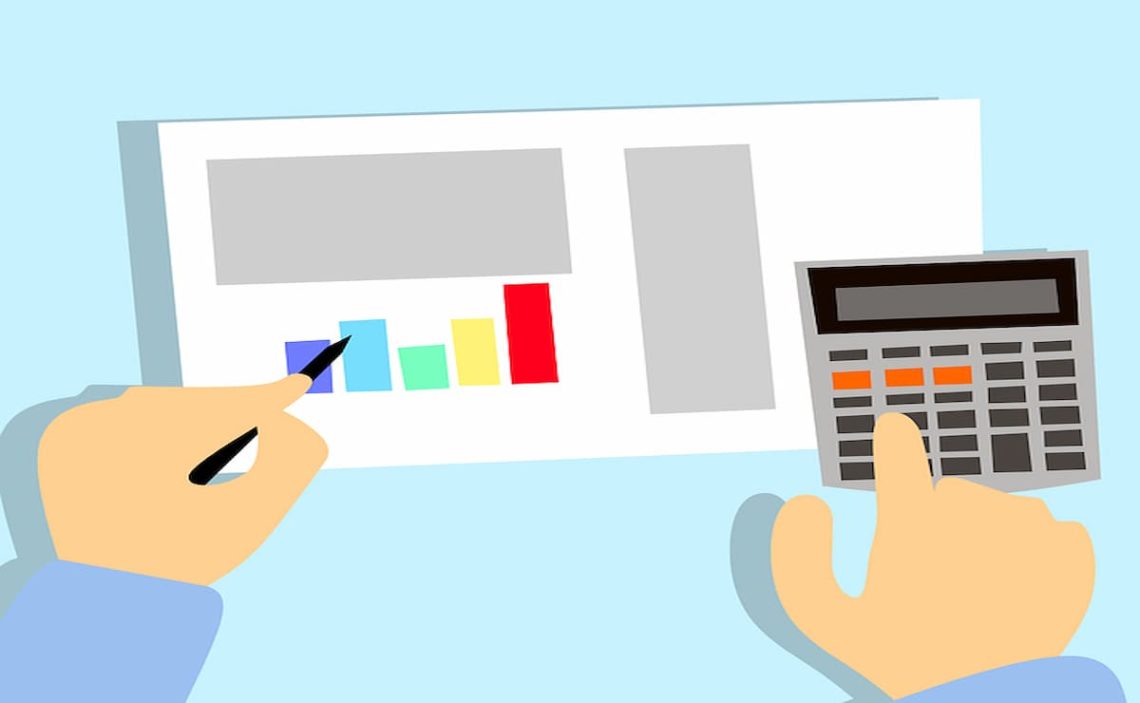Apart from being a document, bank reconciliation is a very important action in the company’s finances. As we will see, it is a tool with different utilities that can be very necessary for the company.
Bank reconciliation statements are documents in which cash balance comparisons are made. These comparisons cross-reference a company’s balance sheet with the balance corresponding to its bank statements.
Can use Bank reconciliation to identify accounting problems. They can also ensure that a company’s cash register is correct. Another functionality is to use them to detect fraud or cash manipulation.
What differs a statement from an accounting record
That is a relevant aspect as there is a tendency to confuse the two tools. When the bank sends a bank statement, the company can access different information. This information can range from the opening balance to transactions, closing balance, etc.
However, the bank’s ending cash balance and the company’s ending cash balance do not necessarily match. Some reasons why they do not coincide are:
- Deposits in transit remain: Deposits in transit are the name given to money received via cheques registered by the company but not yet recorded on the bank statement.
- No outstanding cheques have been deducted: this is another common cause. Cheques are issued by the company itself but have not yet been processed for payment.
- That service charges are applied: in this case, costs related to the bank’s services are charged from commissions to financial expenses.
- Interest income: in the case of accounts that remunerate the money deposited.
NSF cheques are the name given to a cheque with insufficient funds. When the cheque writer’s account does not have funds to pay the cheque, the bank can return the credited cheque.
How is a bank reconciliation prepared?
Some steps apply when performing a bank reconciliation. It will be possible to find this tool within the accounting software itself in many cases.
The most common steps are as follows:
- Compare the list of deposits and cheques issued on the bank statement with those issued by the company to identify those not cleared or in transit.
- Using cash balances and adding deposits in transit.
- Subtract outstanding cheques.
A good overview of the adjusted bank cash balance can already be obtained with these three steps. Subsequently, you could continue with the following steps:
- Use the company’s ending cash balance by integrating interest and receivable amounts.
- Deduct bank service fees, including penalties or insufficient cheques.
This will result in the adjusted cash balance of the enterprise. After reconciliation, the bank balance should match the adjusted cash balance.
Importantly, the bank reconciliation statement is made after the journal entries for the company’s accounting entries. This statement must reflect all changes in the balances at the end of each month.
As you can see, this is a very important action. The financial health of companies depends on many aspects, and this can be a relevant one. Most financial management business support services offer these actions as part of the accounting tools.


